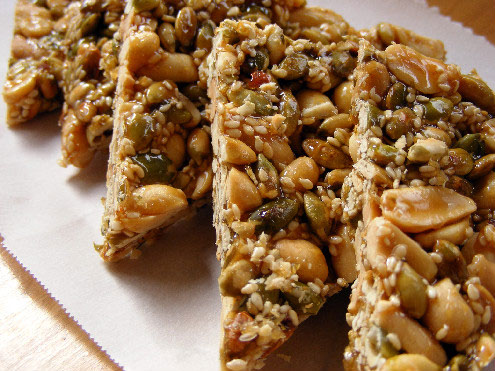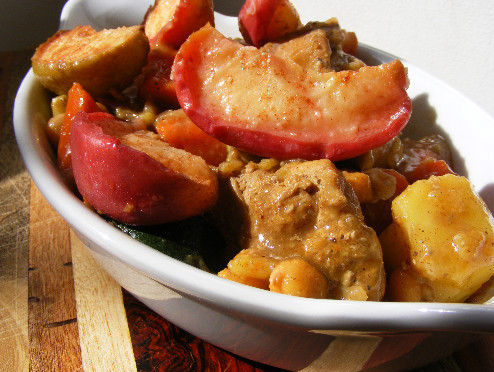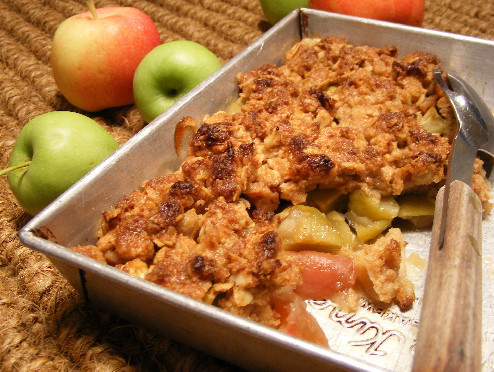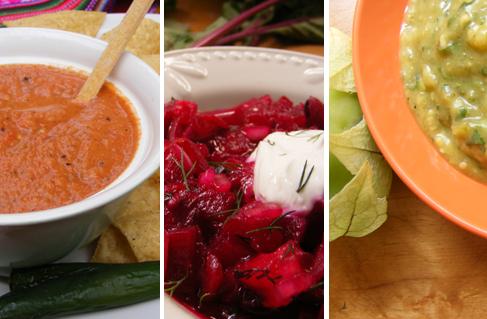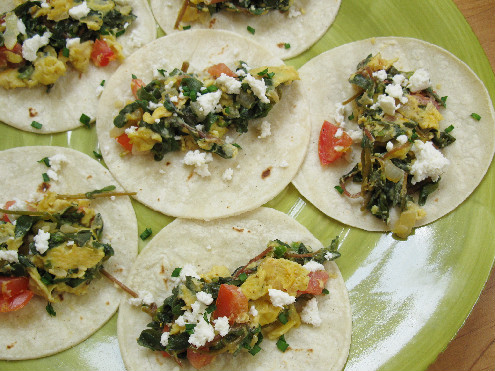Pumpkin Seeds: Mexican Peanut Pumpkin Seed Brittle – Palanquetas
Sunday, November 7th, 2010If you checked out my Mexican Pumpkin Seed Pesto, you know that pumpkin seeds have been used in Mexican cookery since pre-Columbian times. Pumpkins are believed to have originated in Central America about 5500 B.C.E.
Pumpkin seeds are used in many Mexican dishes, typically to make thick, rich sauces. However, they are also frequently eaten there as a snack – roasted in oil or used to make palanquetas or pepitorias, a candy brittle.
Know that generally, I turn up my nose at regular peanut brittle – something that started when I was a teenager wearing braces. So, this Mexican brittle is exceptional. It’s packed with good for you ingredients and has less of the sugary brittle.
Palanquetas (brittle with nuts) or pepitorias (brittle with seeds) are usually flat, round disks, but they are sometimes also packaged as rectangular blocks. Candy makers load them with a single ingredient like pepitas (pumpkin seeds), cacahuates (peanuts) or sesame seeds (ajonjoli) – or, they make them with this trio of traditional ingredients, sometimes also adding popped amaranth .
With this recipe you’ll be able to make your own at home. It’s easy. If you’re wary about eating “brittle,” you can boil the honey for less time and your final palanquetas will be more chewy like those fancy, expensive granola bars you find at the natural/health food stores.
This weekend I made two batches – I took one chewy version to a friends’ house and they were an instant hit. The other, I made more brittle-like. Either version will make a great protein snack fit for your outdoor, air and car travels. These also make great goodie gifts during the holidays. To make them more novel, add some ground chile and a squeeze of lime to your honey before you boil.
My version uses honey as the brittle base rather than sugar or sugar and corn syrup that most recipes call for. It’s a hearty snack that’s not overly sweet.
Tidbits on Pumpkin Seeds:
- Pumpkin seeds are more rich in iron than any other seed and are an excellent source of zinc, an essential mineral that helps the immune system.
- Buy hulled green (untoasted) pumpkin seeds at health-food stores or Mexican/Latin American markets where there is frequent turnover. Untoasted pumpkin seeds are less perishable. Store them in the freezer.

